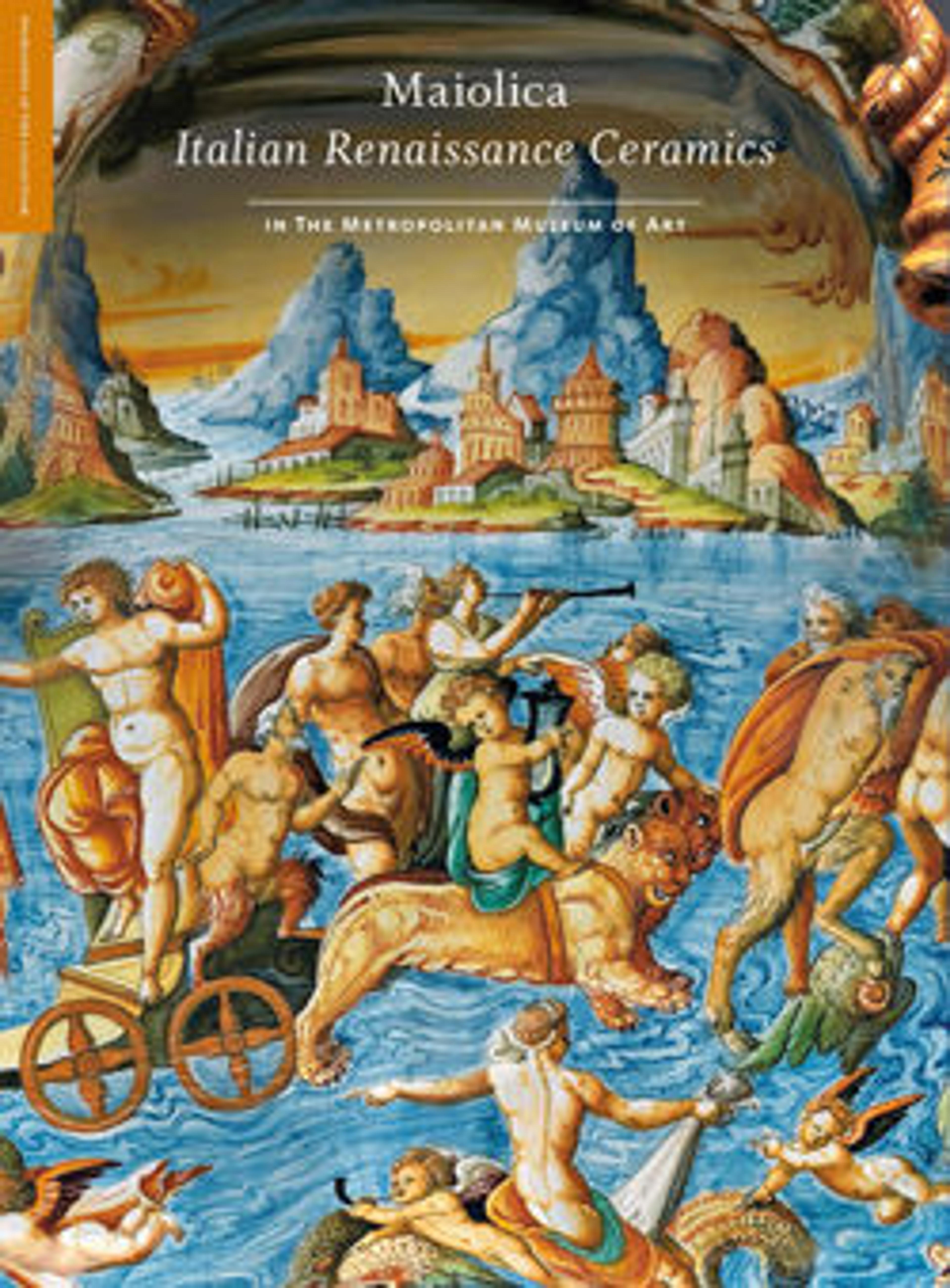Pharmacy bottle
Vessels of this shape, with long, narrow necks, were designed to hold liquid preparations. In this example, the inscription shows that it was meant to contain water of the bugloss plant, once valued as an antivenom. Such labels first appeared on Italian pharmacy jars in the mid-1400s and became commonplace by the end of the century. The striking peacock-feather ornament helps trace the bottle’s manufacture to the town of Pesaro, where it was a favorite design.
Artwork Details
- Title:Pharmacy bottle
- Date:ca. 1470–1500
- Culture:Italian, probably Pesaro
- Medium:Maiolica (tin-glazed earthenware)
- Dimensions:Overall (confirmed): 12 1/8 × 7 9/16 × 7 9/16 in. (30.8 × 19.2 × 19.2 cm)
- Classification:Ceramics-Pottery
- Credit Line:Gift of J. Pierpont Morgan, by exchange, 1965
- Object Number:65.6.5
- Curatorial Department: European Sculpture and Decorative Arts
More Artwork
Research Resources
The Met provides unparalleled resources for research and welcomes an international community of students and scholars. The Met's Open Access API is where creators and researchers can connect to the The Met collection. Open Access data and public domain images are available for unrestricted commercial and noncommercial use without permission or fee.
To request images under copyright and other restrictions, please use this Image Request form.
Feedback
We continue to research and examine historical and cultural context for objects in The Met collection. If you have comments or questions about this object record, please contact us using the form below. The Museum looks forward to receiving your comments.
